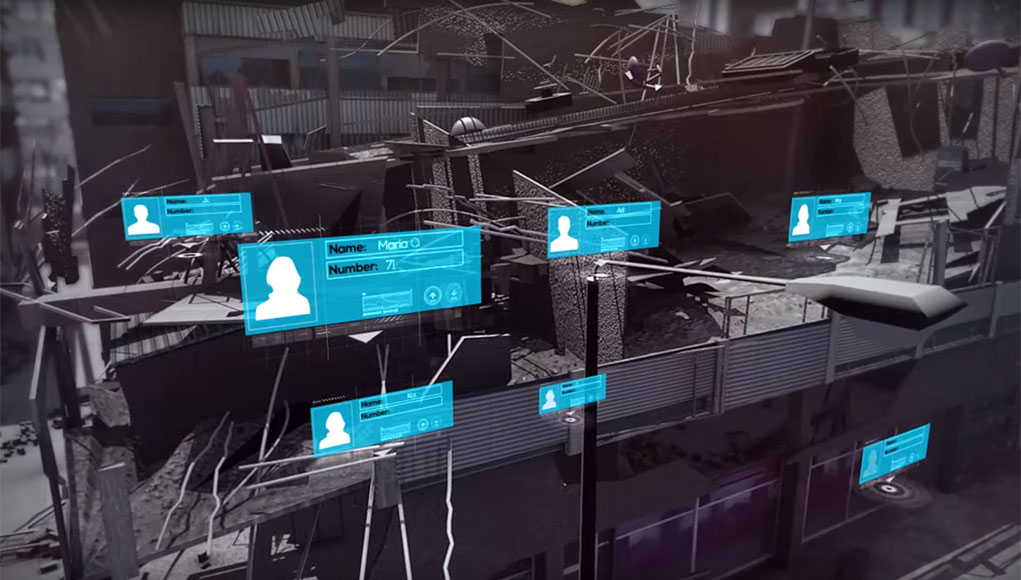ELTA Systems (a subsidiary of Israel Aerospace Industries (IAI) is developing a drone-based version of its RES-Q-CELL system. The development is done in cooperation with TLC Solutions of the USA. This search and rescue system detects the location of cellular devices of victims trapped under rubbles and in disaster areas.
“Operating RES-Q-CELL with drones introduces a dramatic increase in operational flexibility because its deployment is not restricted by the delivery of vehicle or access,” Esti Peshin VP General Manager, IAI’s Cyber Division told Defense-Update. The initiative is IAI’s response to customer’s requests to improve the system’s agility and response to emergencies. The system will be able to locate victims of earthquakes, storms, floods, or fires.
The cooperation with TLC provides IAI with market entry to the US market, considered the most mature for such systems.
The project is supported by a grant from the Israel-U.S. Binational Industrial Research and Development (BIRD) Foundation, by U.S. Department of Homeland Security (DHS) Science and Technology Directorate (S&T) and the Israeli Ministry of Public Security (MOPS). In addition to the grants from BIRD, the project is also expected to access private sector funding.
“With drones, we can access an emergency area even when all roads are blocked, and using tethered platforms means our mission endurance is virtually unlimited,” Peshin said. She said that, by utilizing three interlinked tethered drones, the system will also offer increased detection resolution.
The new system is a lightweight derivative of IAI’s RES-Q-CELL, a field-proven survivor’s location system. The system is designed to detect survivors in disaster areas, using accurate geo-location of the survivor’s cellular devices in order to rescue them as quickly as possible. Several RES-Q-CELL systems were delivered to customers in Israel and abroad.
[wlm_nonmember]
 [/wlm_nonmember][wlm_ismember]
[/wlm_nonmember][wlm_ismember]
RES-Q-CELL Upgrades
The drone-based system will be lighter, particularly in its RF antennae section, to enable loading it on multirotor drones. The drone-based RES-Q-CELL utilizes three tethered drones that hover at designated locations around the disaster area. By activating all cellular devices in the disaster area and performing quick identification and accurate location of mobile devices, the system can determine the exact location of each device, even if such unit is buried under thick rubble.
The system supports worldwide cellular networks (GSM, UMTS, LTE) and provides passive and active detection and geolocation capabilities in 3D. It differentiates between those who are trapped and others. It detects mobile phones within a predefined wreckage area, identifies each mobile phone, and provides highly accurate 3-dimensional, dual axis, geo-location of survivors.
The first generation of RES-Q-CELL weighs some 200 kg and is installed on vehicles or helicopters. The new system will lighten by tens of kilograms, particularly in the antennae section, to fit the drone’s payload restrictions. The system is operated from a laptop and designed to keep working even when cellular networks collapse.
The Bird Foundation funds technology collaborations between U.S. and Israeli partners that show significant commercial potential.[/wlm_ismember]




















